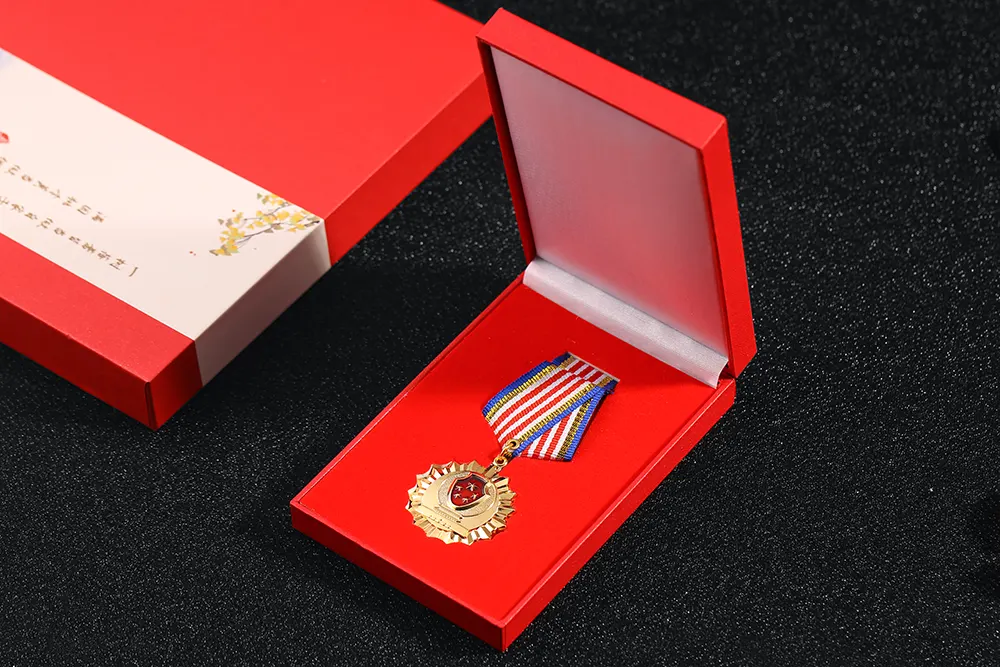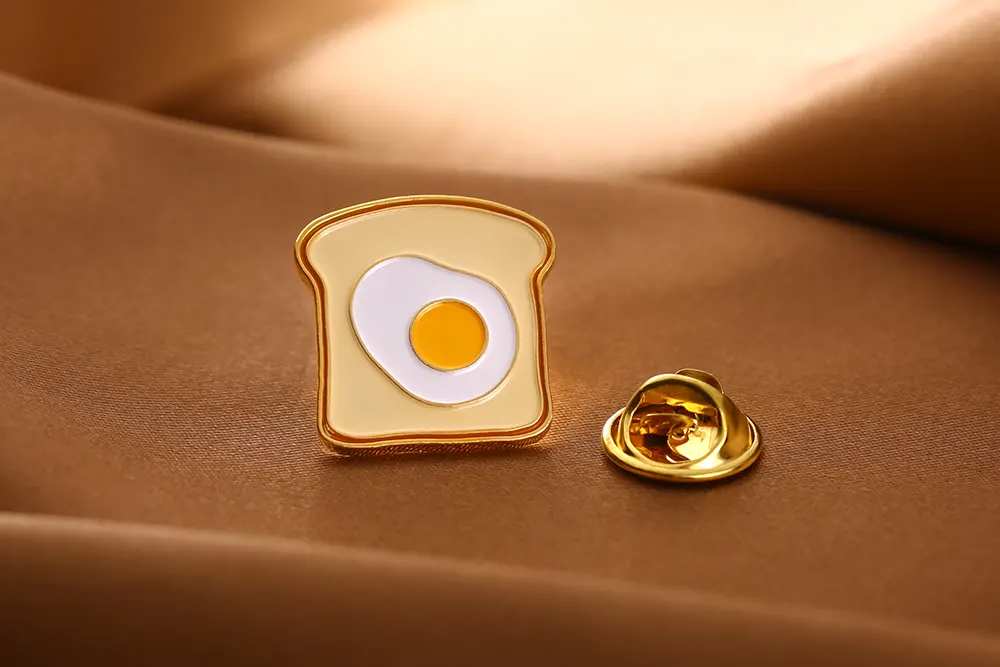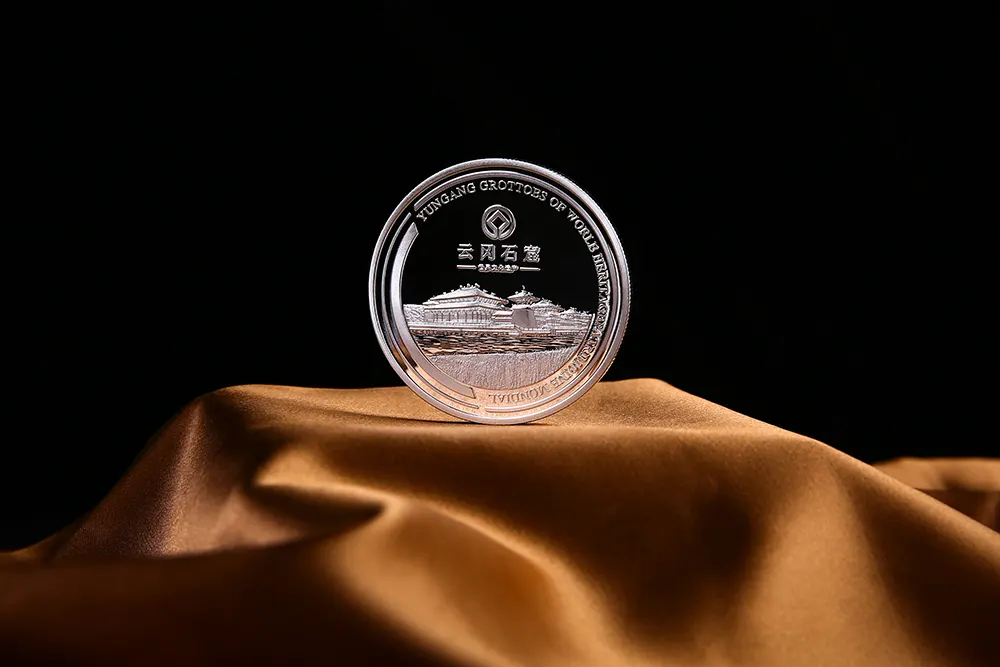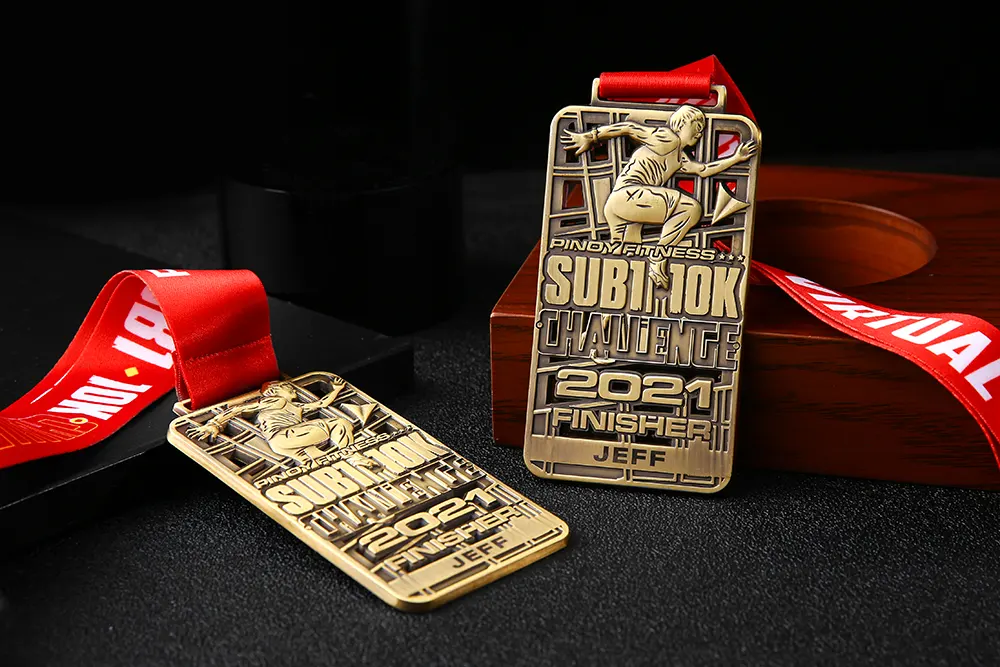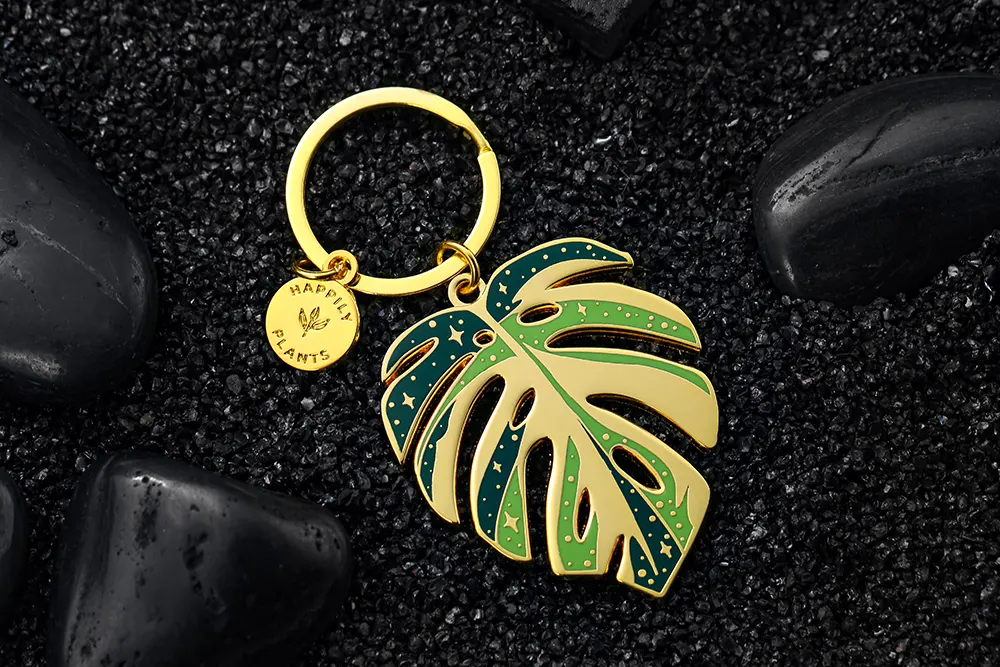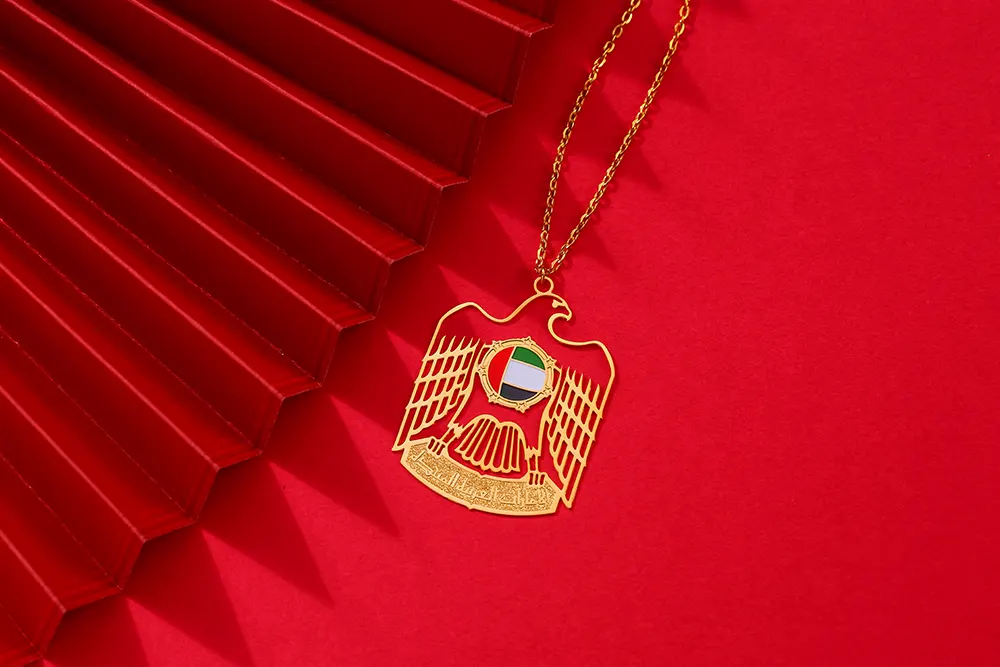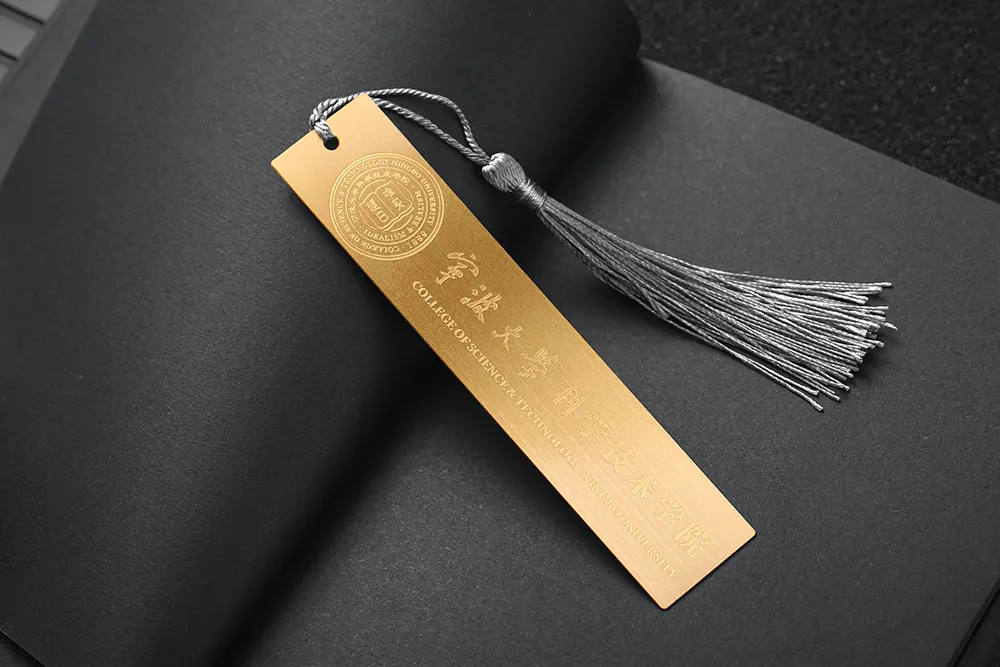Have you ever run your fingers along the edge of a quarter or dime and felt those tiny ridges? Those aren’t just decorative features. They’re the result of a centuries-old anti-fraud measure called coin milling, and they tell a fascinating story about money, crime, and innovation.
What Is Coin Milling?
Coin milling refers to the process of creating raised patterns, ridges, or designs along the outer edge of a coin. The term comes from the mechanical mills that were first used to produce these edge patterns in the 17th century. Today, when we talk about milled coinage, we’re referring to coins manufactured using modern mechanical processes rather than hand-struck methods.
The most common type of milled edge you’ll encounter is reeding—those vertical grooves that run perpendicular to the coin’s face. But milled edges can also feature lettering, decorative patterns, or smooth surfaces with raised rims.
The Problem That Milling Solved
Before milled coins became standard, a criminal practice called “clipping” was rampant. Dishonest individuals would shave small amounts of precious metal from the edges of gold and silver coins, then spend the coins at full value while keeping the clippings to melt down and sell.
This wasn’t a minor problem. Coin clipping was so widespread in medieval and early modern Europe that it seriously undermined currency systems. Monarchs considered it an attack on royal authority, and in England, it was punishable by death as high treason.
The introduction of milled edge coins made this crime immediately detectable. Any tampering with the edge would destroy the regular pattern, alerting merchants and officials to the fraud.
The Birth of Modern Milled Coinage
The first successful milling machines appeared in the 1550s in Germany and France, but it was Pierre Blondeau who brought the technology to England in the 1660s. His screw press could strike coins with unprecedented precision and add edge decorations in a single operation.
The Royal Mint officially adopted milled coinage production during the Great Recoinage of 1696. This massive undertaking, overseen in part by Isaac Newton (yes, that Newton), replaced virtually all of England’s hand-hammered coins with machine-struck milled coins.
The results were dramatic. Coins became more uniform in weight and appearance, counterfeiting became more difficult, and clipping was virtually eliminated as a widespread problem.
My Experience Examining Milled Coins
I’ll never forget the first time I held a genuine 17th-century milled crown in my hands at a numismatic exhibition. After years of collecting modern coins, feeling that early edge work was revelatory. The reeding wasn’t as precise or uniform as what we see on contemporary coins—you could sense the nascent technology—but it was remarkably sophisticated for its era.
What struck me most was examining it alongside a hand-hammered coin from just decades earlier. The difference in quality was staggering. The milled coin had sharp details, consistent thickness, and perfect roundness. The older coin was slightly irregular, with softer designs and an uneven edge that would have been easy to clip undetected.
That hands-on comparison made the historical significance click for me in a way that photographs never could. These technical improvements weren’t just about making prettier money—they were about creating a trustworthy medium of exchange that could support increasingly complex economies.
Why Modern Coins Still Use Milled Edges
Given that coins today are made from base metals rather than precious gold and silver, why do we still bother with milled edges?
The answer is partly tradition, but there are practical reasons too. Milled edge coins are easier to stack and count mechanically, which matters for banks and businesses handling large quantities of coins. The distinct edge patterns also help people distinguish between different denominations by touch alone—an important accessibility feature for those with visual impairments.
In the United States, quarters, dimes, and half dollars have reeded edges, while pennies and nickels have smooth edges. This distinction dates back to when the former coins contained silver and needed anti-clipping protection, while the latter were always made of less valuable metals.
Different Types of Milled Edges
While reeding is the most common form of milling coins, several other edge treatments exist:
Lettered edges feature inscriptions around the rim. The U.S. dollar coin and British pound coin both use this method, with the edge bearing patriotic mottos or dates.
Plain edges with raised rims are used on lower-denomination coins. These still benefit from the precision of milled coinage production, even without decorative patterns.
Decorative patterns beyond simple reeding appear on some commemorative and special-issue coins, featuring waves, diagonal lines, or other designs.
Security edges on modern coins sometimes incorporate multiple patterns or hidden features to deter counterfeiting, showing that edge milling continues to evolve as an anti-fraud measure.
Collecting Milled Coins
For numismatists, the transition from hammered to milled coinage represents one of the most significant dividing lines in collecting. Early milled coins from the 17th and 18th centuries command premium prices, especially in good condition.
When evaluating milled coins, collectors pay close attention to edge condition. Damage to the milled edge—whether from wear, cleaning, or mishandling—can significantly reduce a coin’s value. Original, intact edge details are a sign of careful preservation.
Interestingly, error coins with improper or missing edge milling have become collectible in their own right, as these mint mistakes are relatively rare in modern production.
The Legacy of Milling
The development of milled coinage represents more than just a technological advancement in metalworking. It was a crucial step in creating reliable, standardized currency that people could trust—a foundation for modern economic systems.
Those tiny ridges on your pocket change carry centuries of history. They’re reminders of an era when money was valuable enough to steal piece by piece, and when the solution to that crime changed manufacturing forever.
Next time you handle a coin, take a moment to appreciate its milled edge. You’re touching a security feature that’s been protecting currency for over 350 years, an elegant solution to an age-old problem that still serves us today.
















